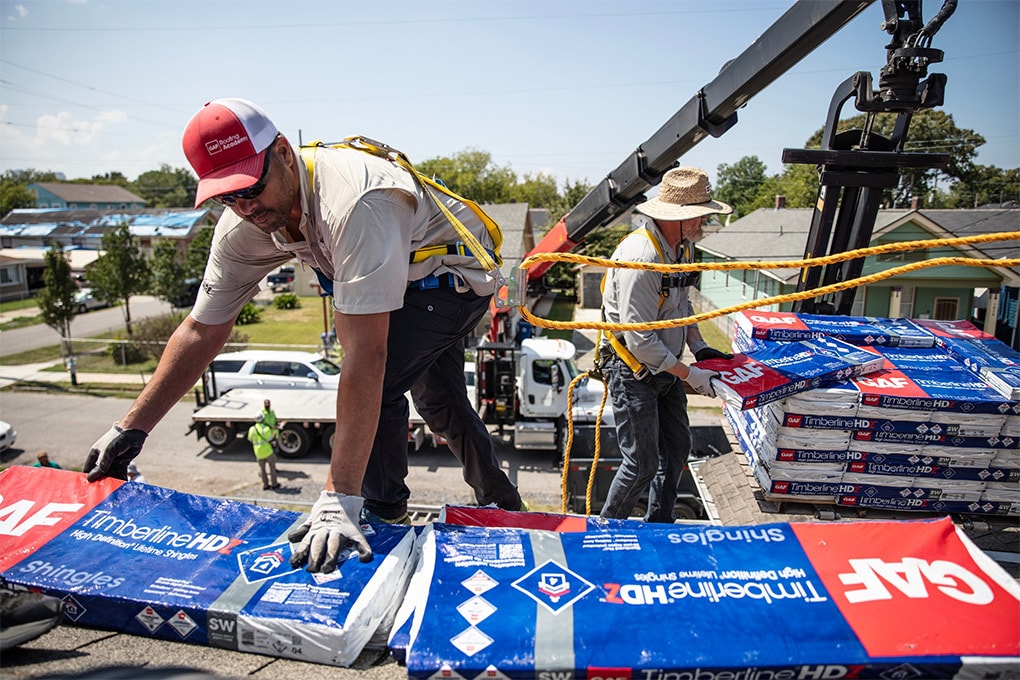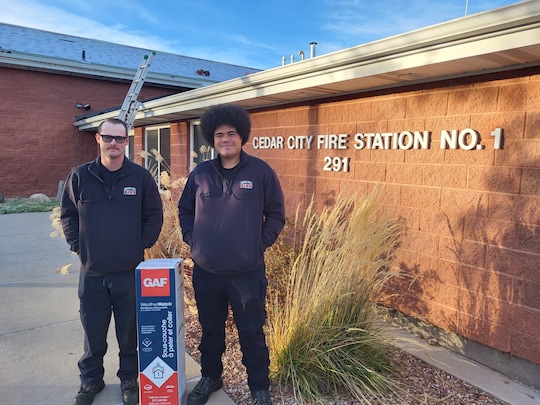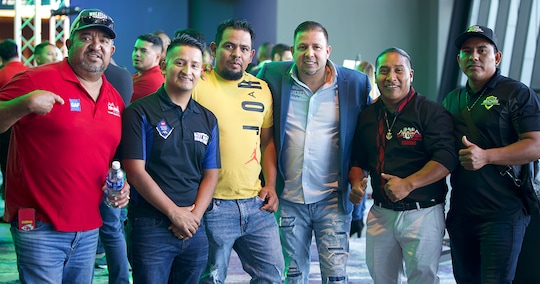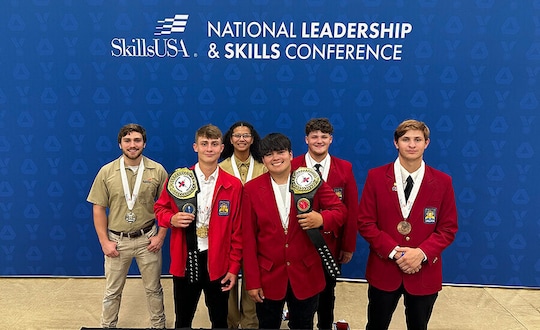
When looking to get involved in the trades, a helping hand can make all the difference. With so many options and opportunities to choose from, workers who are having trouble deciding which skills to develop can benefit from the guidance of experienced mentors and industry veterans.
That's exactly the role Gary Pierson, a senior instructor with GAF Roofing Academy, knows he was meant to play. His position allows him to educate others and give back to people who remind him of himself when he was younger.
"I had a typical background of [many] youth who are not destined for college," Gary explains. "I had a little too much energy for most environments and ended up getting into a little bit of trouble." He found himself working in construction and discovered that roofing was a good fit for his energy level and "lack of fear."
Gary excelled in the industry, working in numerous exterior construction roles including roofing, siding, windows, and doors. He says that in construction, he found a way to challenge himself, and it showed. "I went from laborer to crew leader to subcontractor and then started my own business by the age of 26," Gary shares.
Finding Fulfillment Helping Others
Unfortunately, the 2008 recession affected Gary's business. He found himself back at his previous job where he was a crew leader, but that company was struggling as well. It was a challenging time that left him feeling unfulfilled.
After talking with his wife, Gary learned a friend of hers was connected to Habitat for Humanity and began looking for ways to get involved with the nonprofit. He eventually became a construction manager, and while it was a pay cut for him, the benefits he reaped have changed his life.
"What I lacked in extra income, I made up with more time with family and got a sense of community again," Gary says. "I've lived in this town my whole life. So, I got to build homes for people I went to high school with, people that I've met through social networking, and knowing who I'm building for and seeing the changes they made in their life really made me a better father and husband."
During his seven-year tenure at Habitat for Humanity, he took the organization from building one to two homes a year to 10 to 12 homes a year, ultimately building 57 homes in a community of 80,000 people.
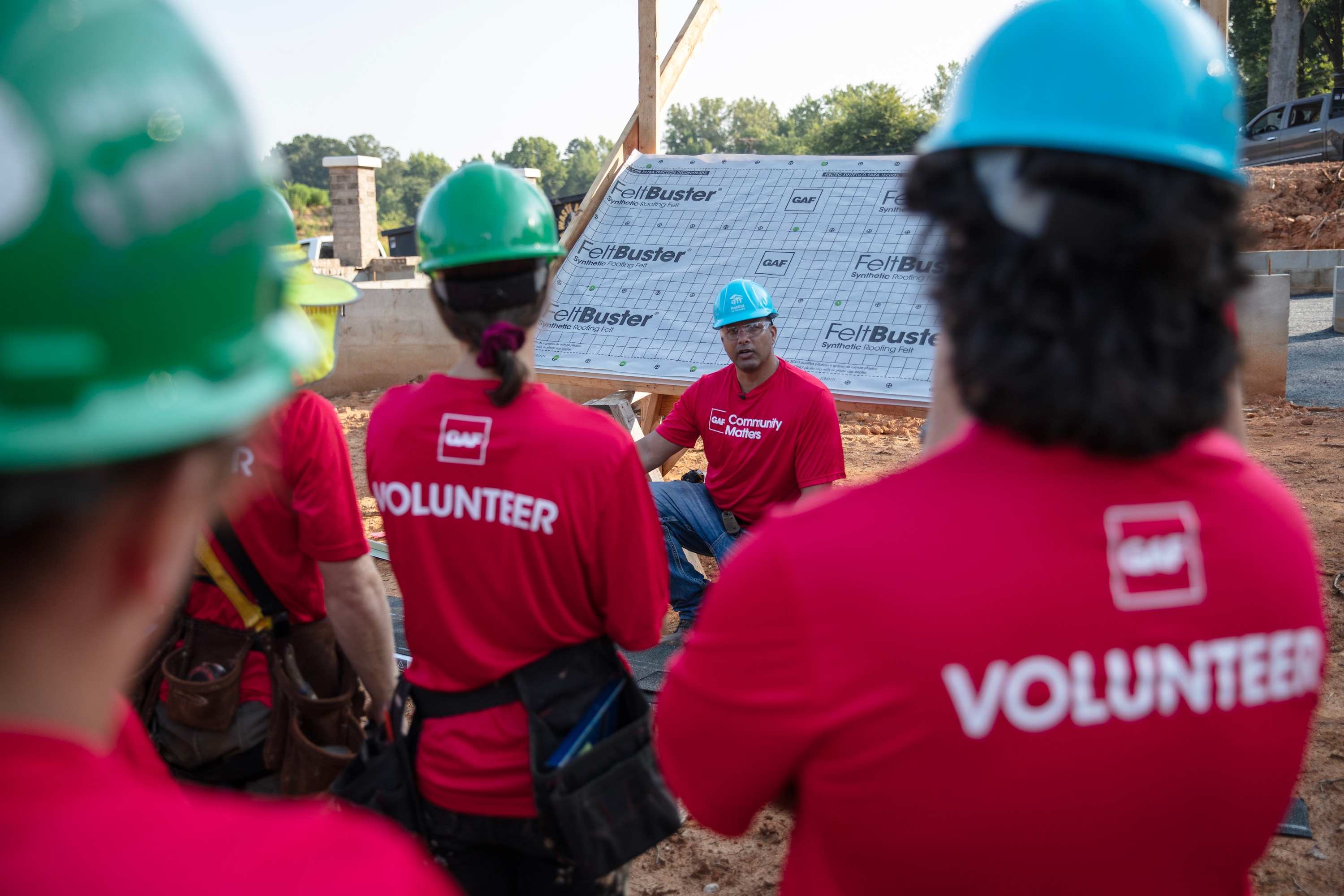
Connecting with GAF
Gary knew GAF donated roofing materials for the Habitat for Humanity homes, but it wasn't until he volunteered for a Jimmy and Rosalynn Carter Work Project (Carter Work Project) event in 2018 that he met GAF team members.
On the jobsite, Gary noticed many of the volunteers were excited and eager to learn about roofing. Before the day's work began, Gary stepped up to teach them the basics of the trade, helping ensure the roofs would be properly installed and provide years of protection for the homes.
It was then that Gary learned GAF was hiring trainers for its CARE program. He says he was surprised to learn such a job existed, but he was happy and fulfilled with his work for Habitat for Humanity. A few months later, Erick Osuna, an operations manager at the GAF Roofing Academy, reached out to Gary. After learning the academy would be teaching at-risk youth, previously incarcerated individuals, and military veterans, Gary jumped at the opportunity.
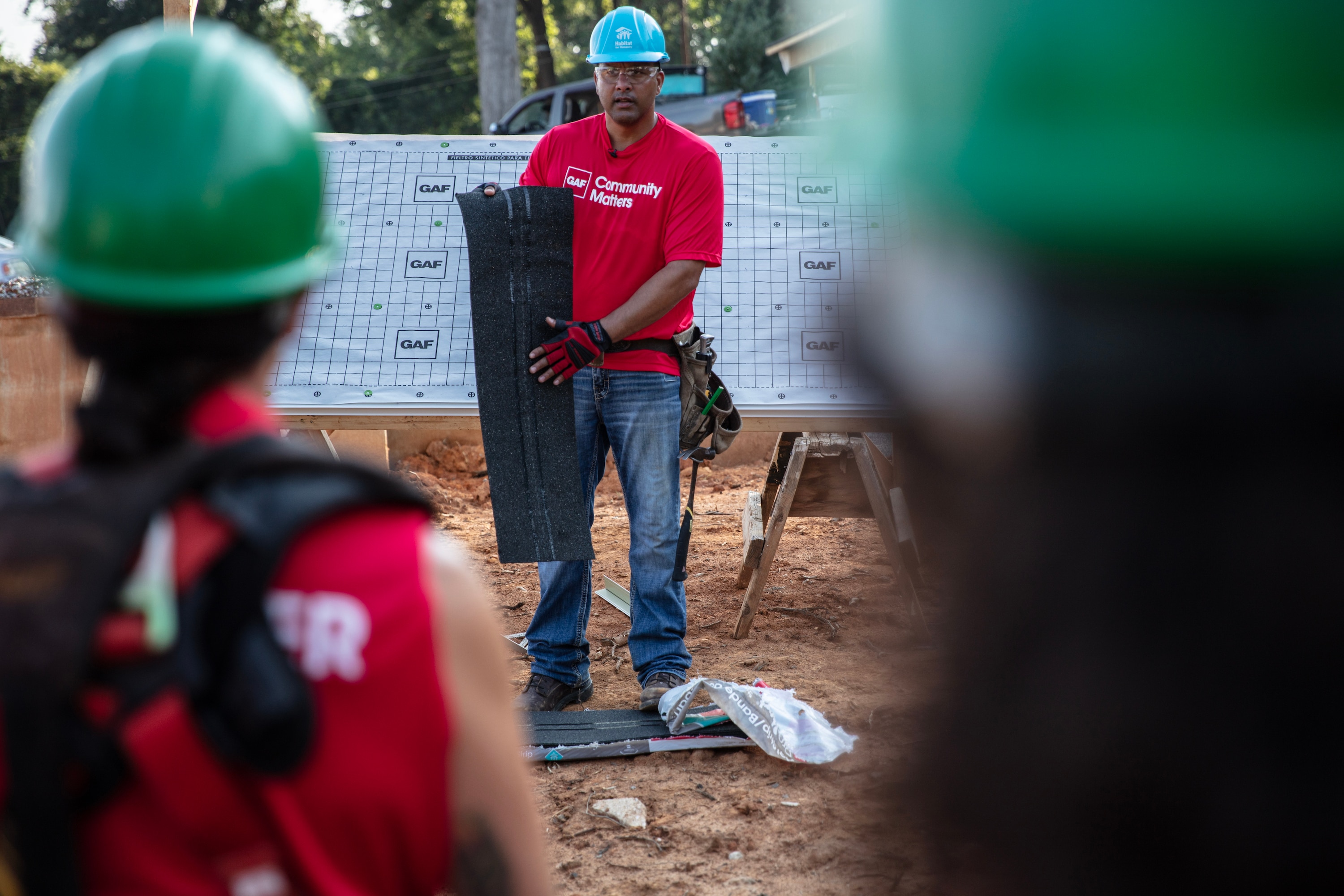
Changing Lives One Student (and Instructor) at a Time
As one of the first team members hired to teach in the GAF Roofing Academy, Gary participated in developing the program. Four successful years later, he's as invested as ever.
Gary stays in touch with his students after they complete the academy and says there's a "beacon of light" in each of his classes. He notes that one of his most memorable students is Demetris Purnell, whose profile video he shares with each new class. "Demetris was one of my students that I met who was previously incarcerated, and he didn't really have a whole lot of hope or feel that there were opportunities available for him," Gary recalls. "Just seeing him taking a shot and how successful he is now is impactful."
Many students' stories are just like Demetris'—students whose lives were changed by participating in the GAF Roofing Academy. For instance, Roz Jones says the experience helped her build confidence in herself. Shakyra Worley shares the course was meaningful to her because she learned a skill she can turn into a rewarding career.
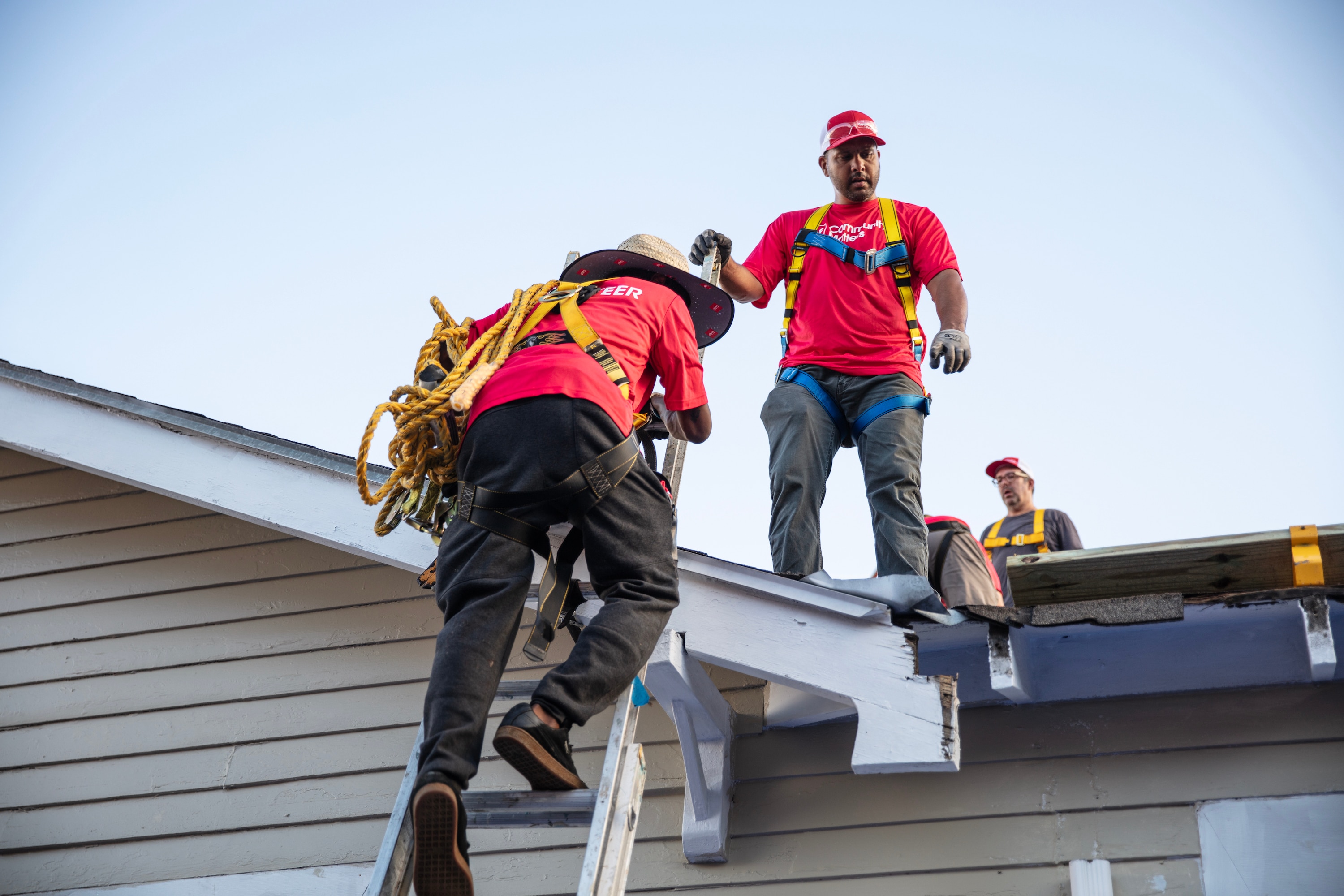
Gary says making a meaningful impact on his students' lives gives him a feeling of fulfillment every day—but he's quick to note that it's because of the individuals behind the GAF Roofing Academy. "None of this would be possible without the team that we have," he notes. "We have a dynamic team where everybody has something unique that they bring to the table. And I've learned just as much from my peers as I have from the leaders on the team."
Paying It Forward
Because of the commitment GAF makes to communities through its Community Matters initiative, Gary is still able to volunteer for the causes that are dear to him, including Habitat for Humanity and the Carter Work Project, among others.
Curious to learn more about the GAF Roofing Academy and the success its graduates have found? The commercial and residential roofing industry is booming, with demand for 19,000 new jobs expected by 2028, and now is the perfect time to begin a career in roofing with the GAF Roofing Academy. Explore all that the program has to offer, and see how you can get started by visiting the GAF Roofing Academy website.
